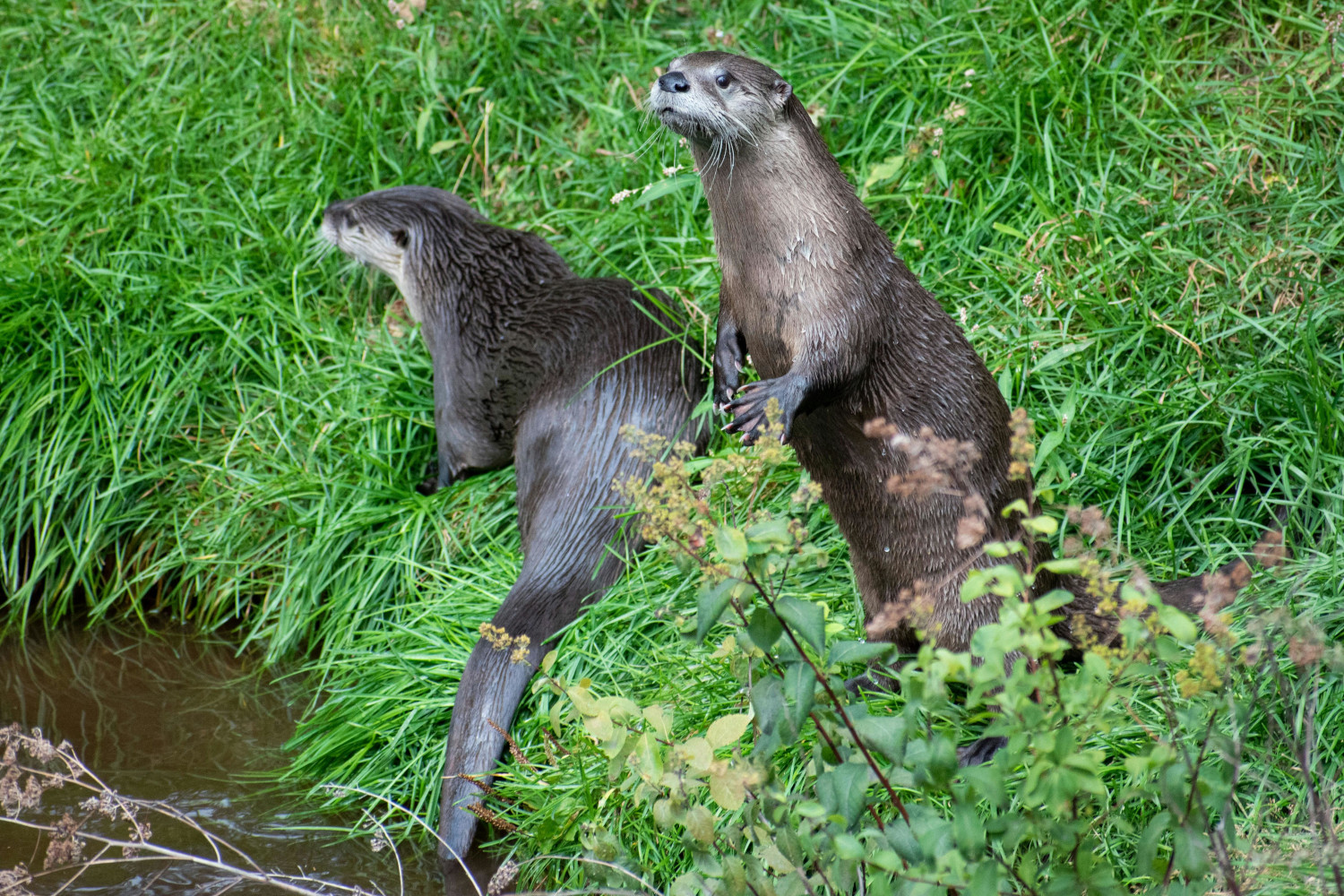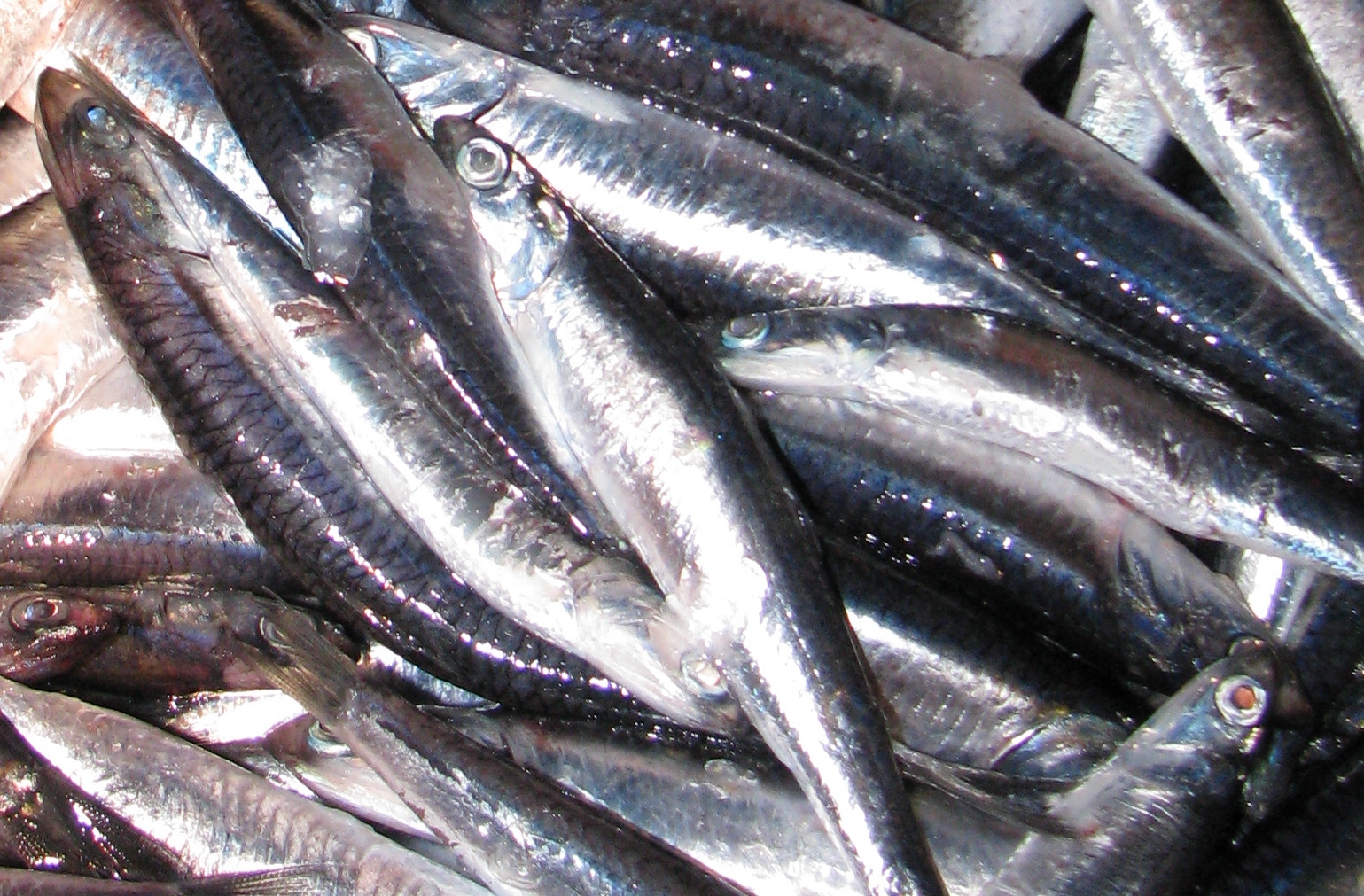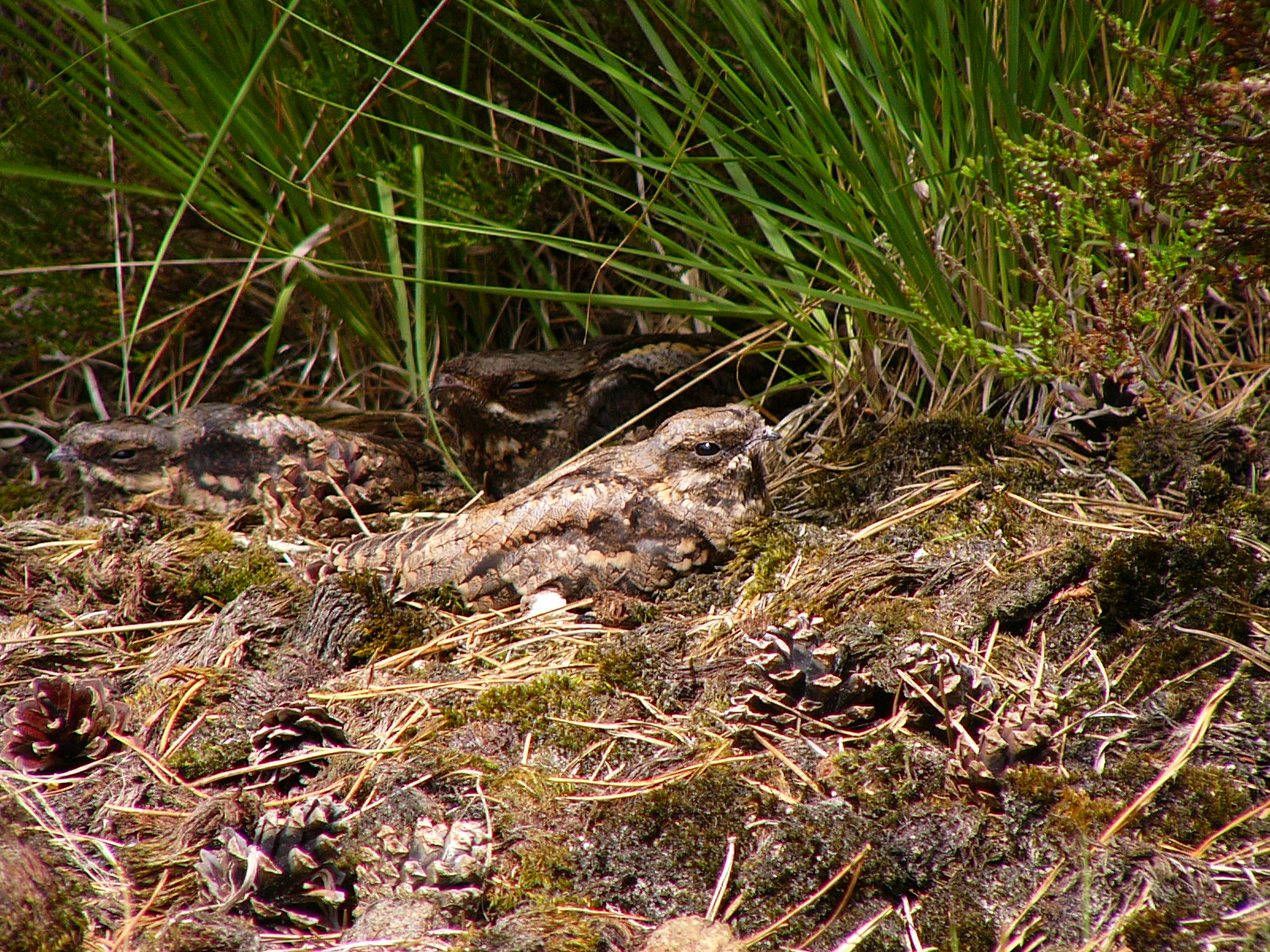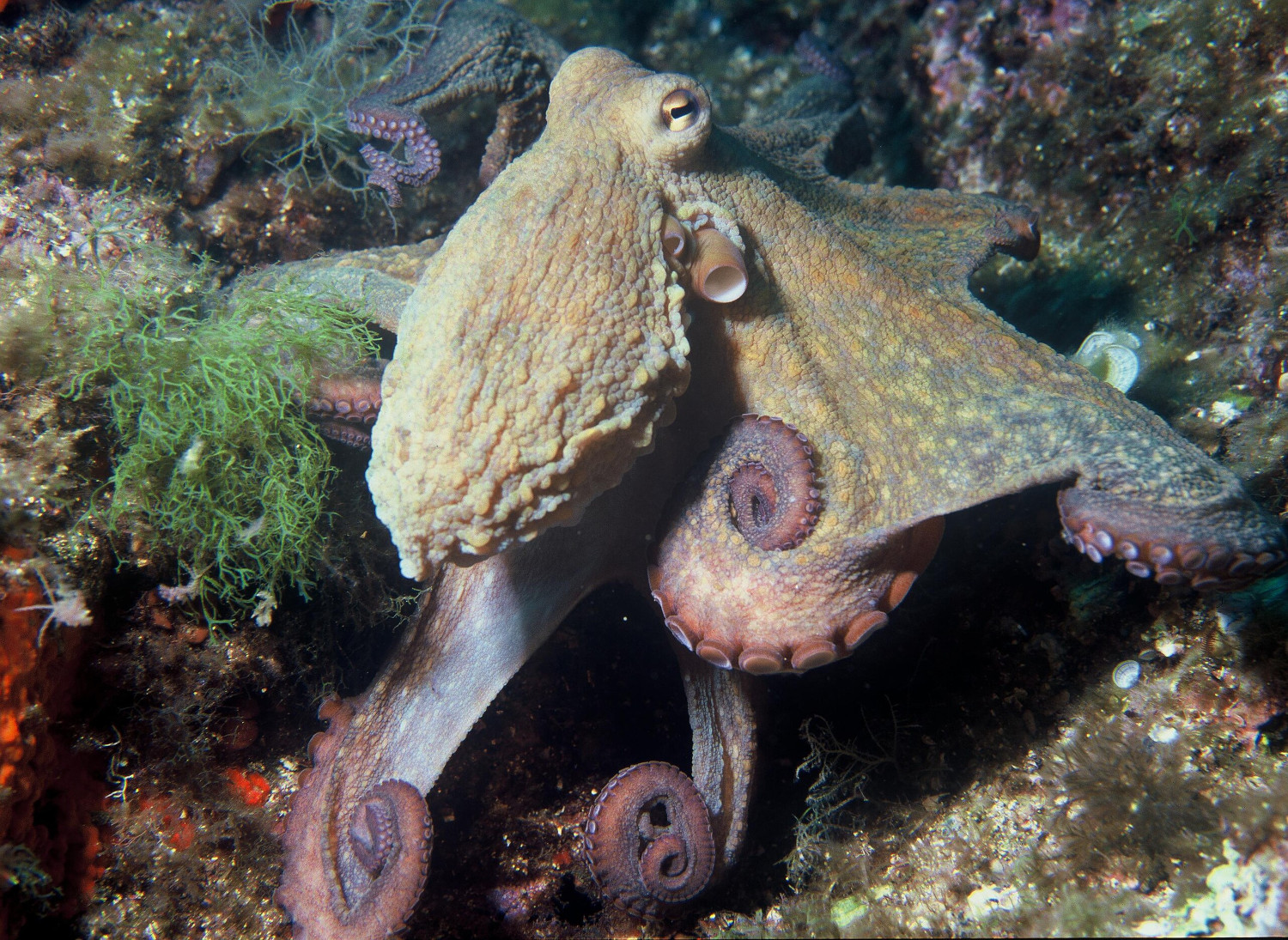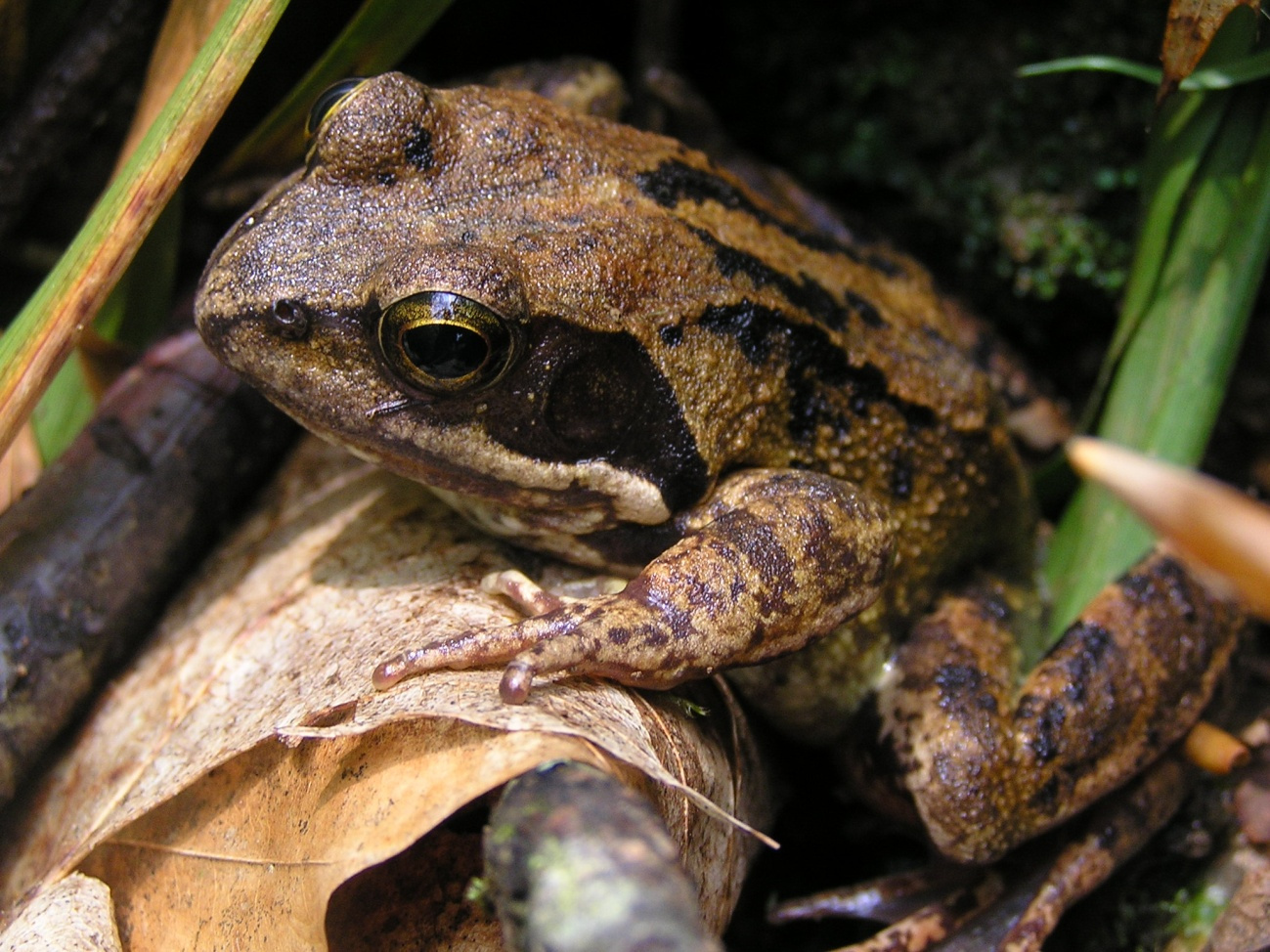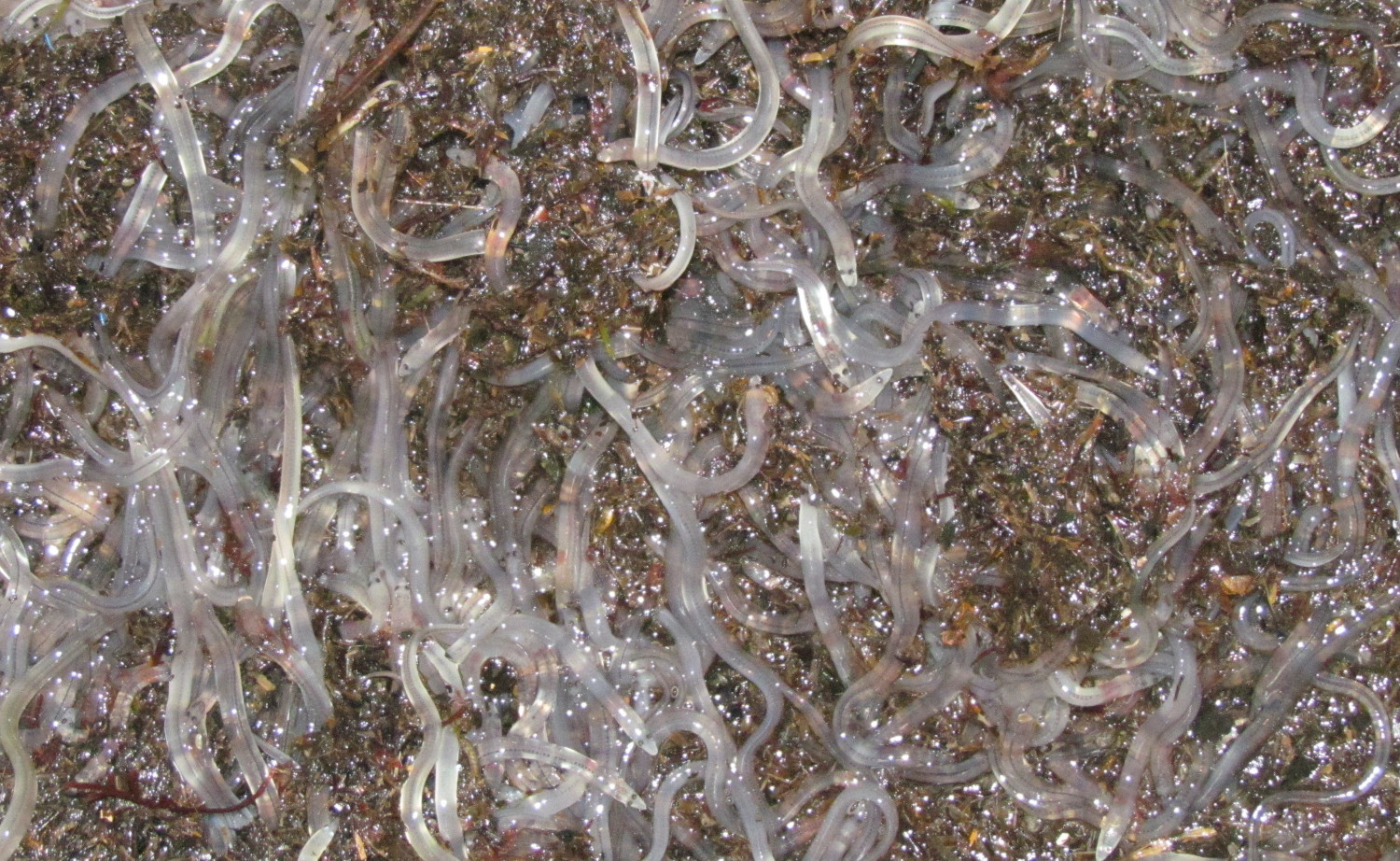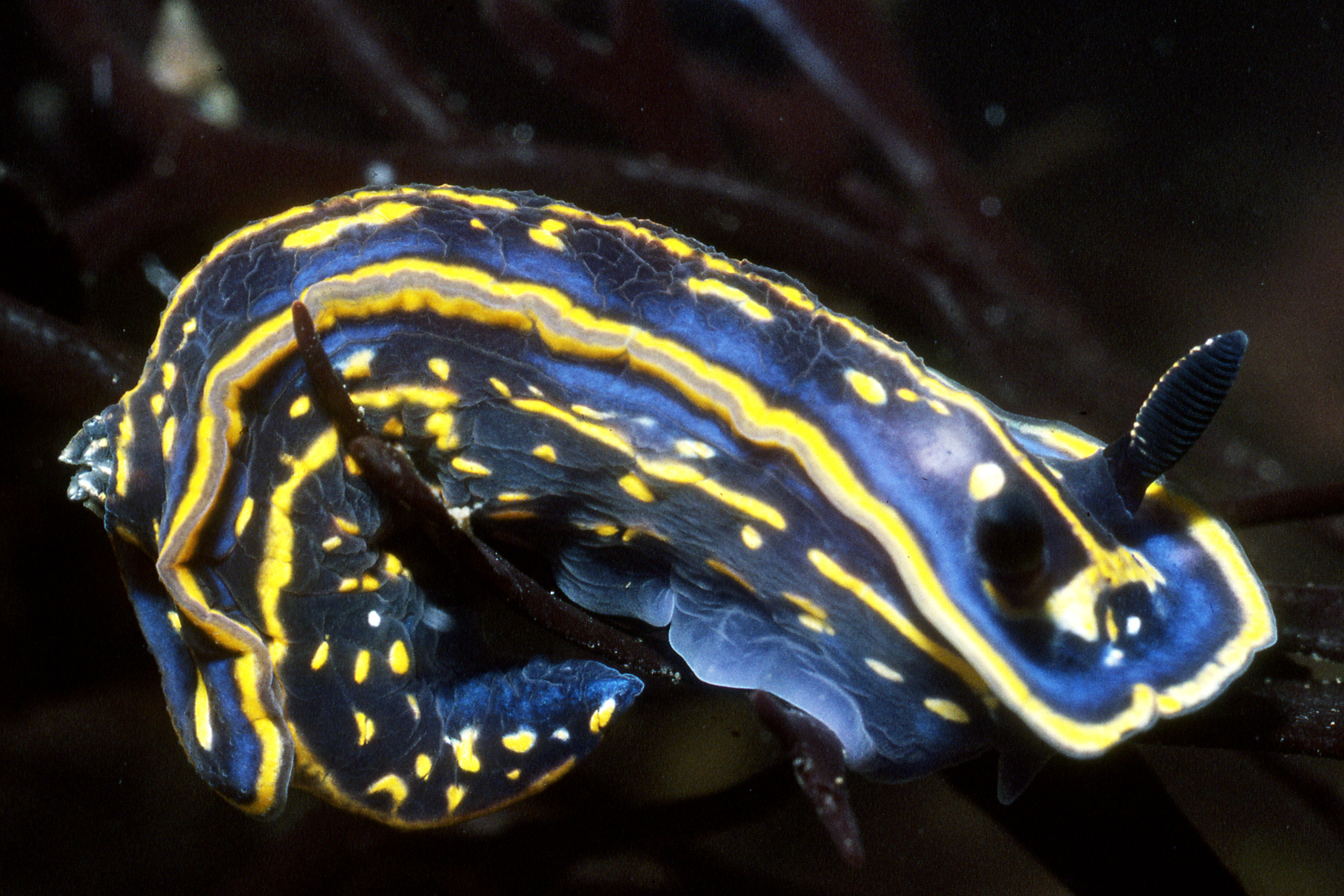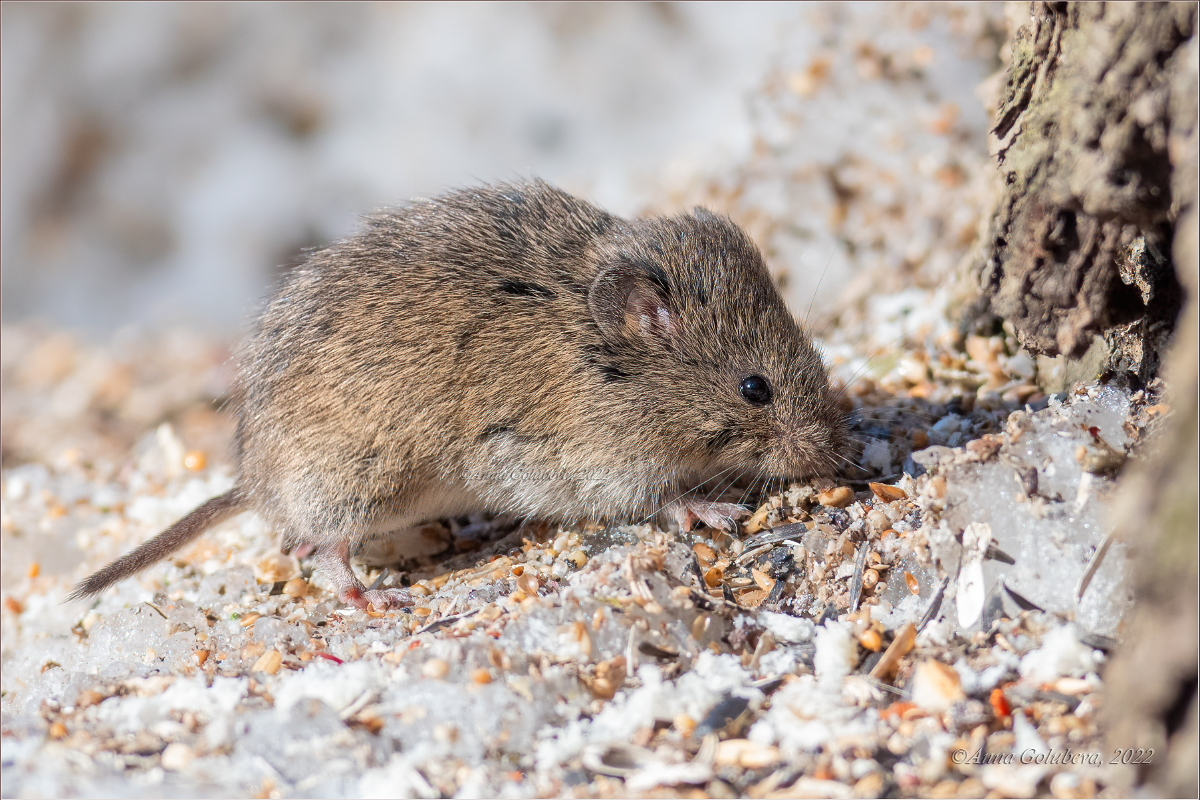Campino head
- It's a heady bird, but not because it's stubborn, but because it physically has a big head. That is why this bird is known, many of the names used in Euskera refer to its big eye and head: head, gigantic, begihandi, yawning… Instead, the common name is Antzandobi (Lanius collurio).

Common antzandobi (Lanius collurio)
GROUP: Vertebrate / Ave.
SIZE: From peak to tail: 16-18 cm. South length: 24 to 27 cm.
WHERE DO YOU LIVE? Countryside.
What do you eat? Small insects, reptiles and mammals.
LEVEL OF PROTECTION Protected at European level.
The baserritars and nature lovers know him well or knew him, since before it was much more frequent. We have three species of Antzandobi: the Common Antzandobi, the Great Iberian Antzandobi (Lanius meridionalis) and the Antzandobi Kaskagorri (Lanius senator). For the identification of common Antzandobia, it should be taken into account that it is a species with sexual dimorphism as the others, that is, males and females have different appearance. The males have a gray head and a black mask covering their eyes. The back and wing feathers are reddish and have a pink chest. Females, on the other hand, are mottled females and have the eye mask also brown. Either way, they both have a strong peak and a key.
The Common Antzandobis accompany us during the summer, as it is a migrating species: winter passes in southern Africa. This species is also special due to its migratory route, as they do not cross the Iberian Peninsula like many others. Most of the normal Antzandobis are still in the east direction, to Turkey and the east coast of the Mediterranean to Egypt. From there, yes, they head south and head to Kenya, Tanzania, Zimbaue, Zambia or Malawi. In spring, as they migrate north, they also make the way east, but on this occasion, instead of Egypt, they pass through Saudi Arabia.
When it reaches the Basque Country, it chooses an area of its liking and a tree or shrub that reared there. It is a bird linked to Landazabal, which prefers the environments in which trees and bushes alternate with the prairies, and better if the bushes are from hawthorn.
Among the small birds, the only predators are the Antzandobias. Common Antzandobi hunting mainly beetles and grasshoppers, but also bees, wasps and other insects like spiders. It's able to hunt down small lizards and reptiles, mice and topos, or some small bird. Ordinary Antzandobes, like the other Antzandobias that are their cousins, have the habit of making tanks of hunted animals. These are relatively special reservoirs that introduce prey into the thorns of thorns such as thorns. So if you ever see an insect or a mole locked in thorns or wire bars, it's a sign that a goose is moving around there.
The common farmer is an increasingly scarce bird. Although at the global level populations are not threatened, at the local level, such as ours, the decline in populations is considerable. The population of the Urdaibai Biosphere Reserve has decreased by 70% between 2012 and 2019. However, despite being in small quantities, it lives in most of the counties of the Basque Country, although in the driest places it is represented by other species of ganandobis. The decline in the populations of the Common Antzandobia is mainly due to the growing intensification of agriculture and deforestation resulting from the abandonment of the countryside. It is likely that the use of pesticides in the field will also influence, as insects are destroyed with them and this species feeds on insects, so it runs out of booty.
Itsasoan badira landareen itxura izan arren animalia harrapari diren izaki eder batzuk: anemonak. Kantauri itsasoan hainbat anemona espezie ditugun arren, bada bat, guztien artean bereziki erraz atzemateko aukera eskaintzen diguna: itsas-tomatea.
Ugaztunei eskainitako azken artikuluaren amaierako hitzak hurrengo animalia aurkezteko aitzakia paregabea dira. Bertan esaten genuen muturluzeak erreka “garbi eta txukunak” behar dituela, kutsadurarik gabeak baina elementu natural anitzekin. Animalia txiki horren... [+]
Antxoa, bokarta edo albokartia, gure arrain komertzialen artean txikiena, euskal kostaldera hurbildu da.
Katalanen ustetan artzainak engainatzen omen ditu hegazti honek: “enganyapastors”. Espainiar eta latindarrek, aldiz, ahuntzari esnea kentzen diola diote, hortik datorkio hain zuzen ere izen zientifikoan (Caprimulgus europaeus) islatzen den caprimulgus (capra... [+]
Leihatila honetan behin baino gehiagotan azaldu ditugu Ama Naturaren engainuak bere izakiak babestearren. Batzuetan, erle edo liztor itxura zuten euliak ekarri ditugu, beste batzuetan inongo arriskurik ez duten arrisku-kolorazioko intsektuak ere bai (kolorazio aposematikoa... [+]
Nekazal eremu lehor baten erdian ageri da putzua. Txikia da tamainaz, eta ez oso sakona. Egunak dira euririk egiten ez duela, baina oasi txiki honek oraindik ere aurretik bildutako urari eusten dio. Gauak eremua irentsi du eta isiltasunaren erdian kantu bakarti bat entzun da... [+]









